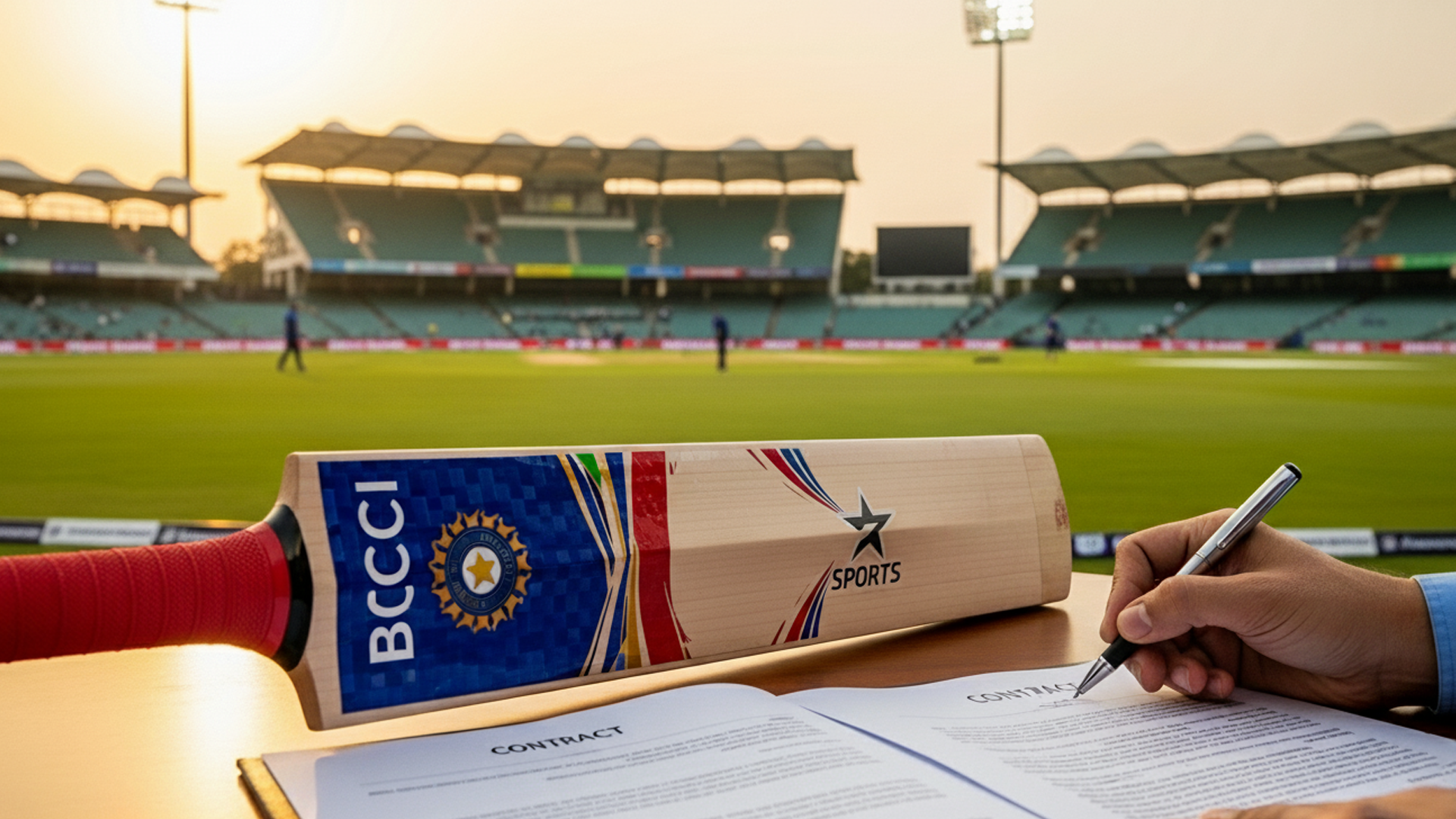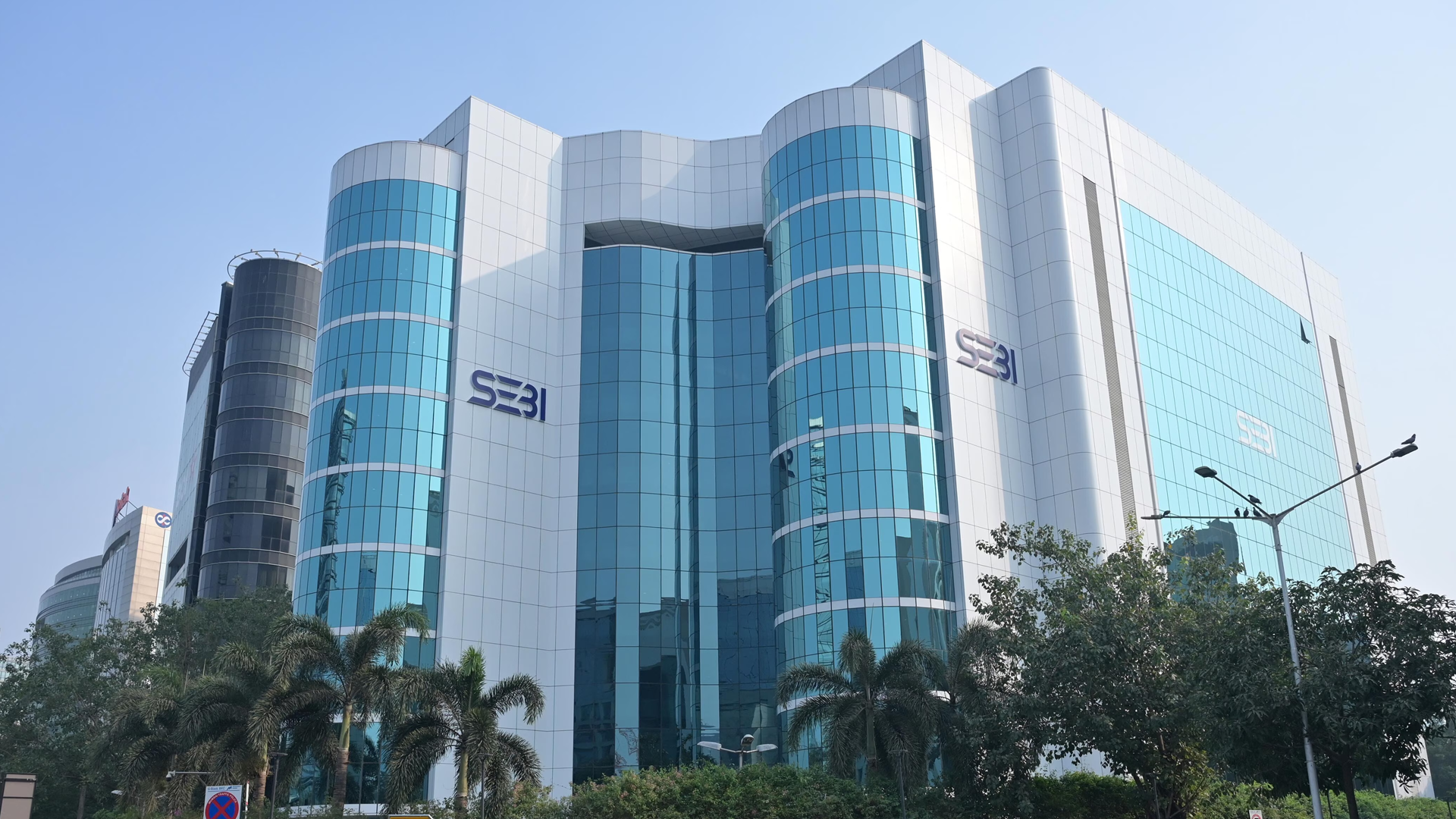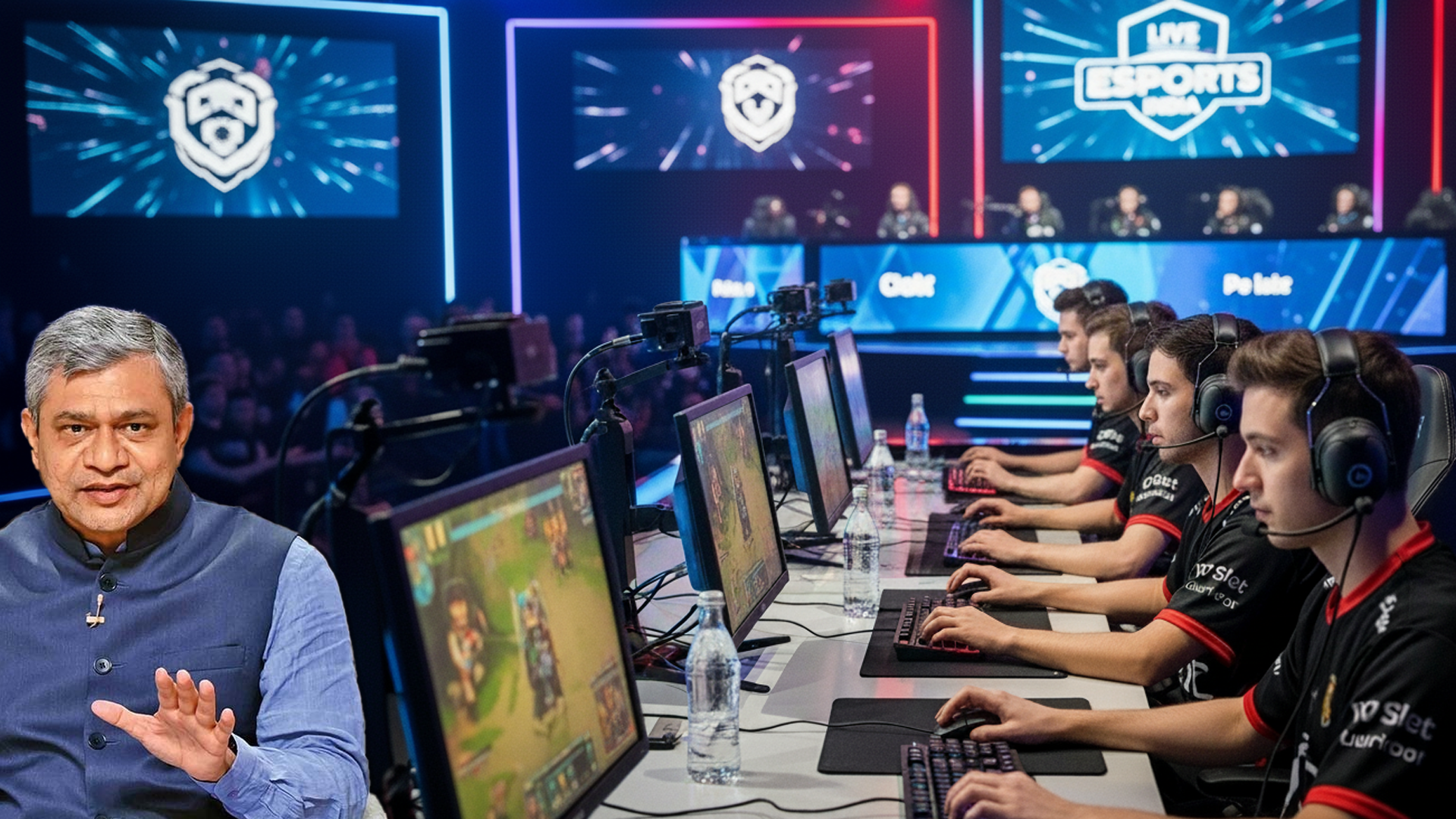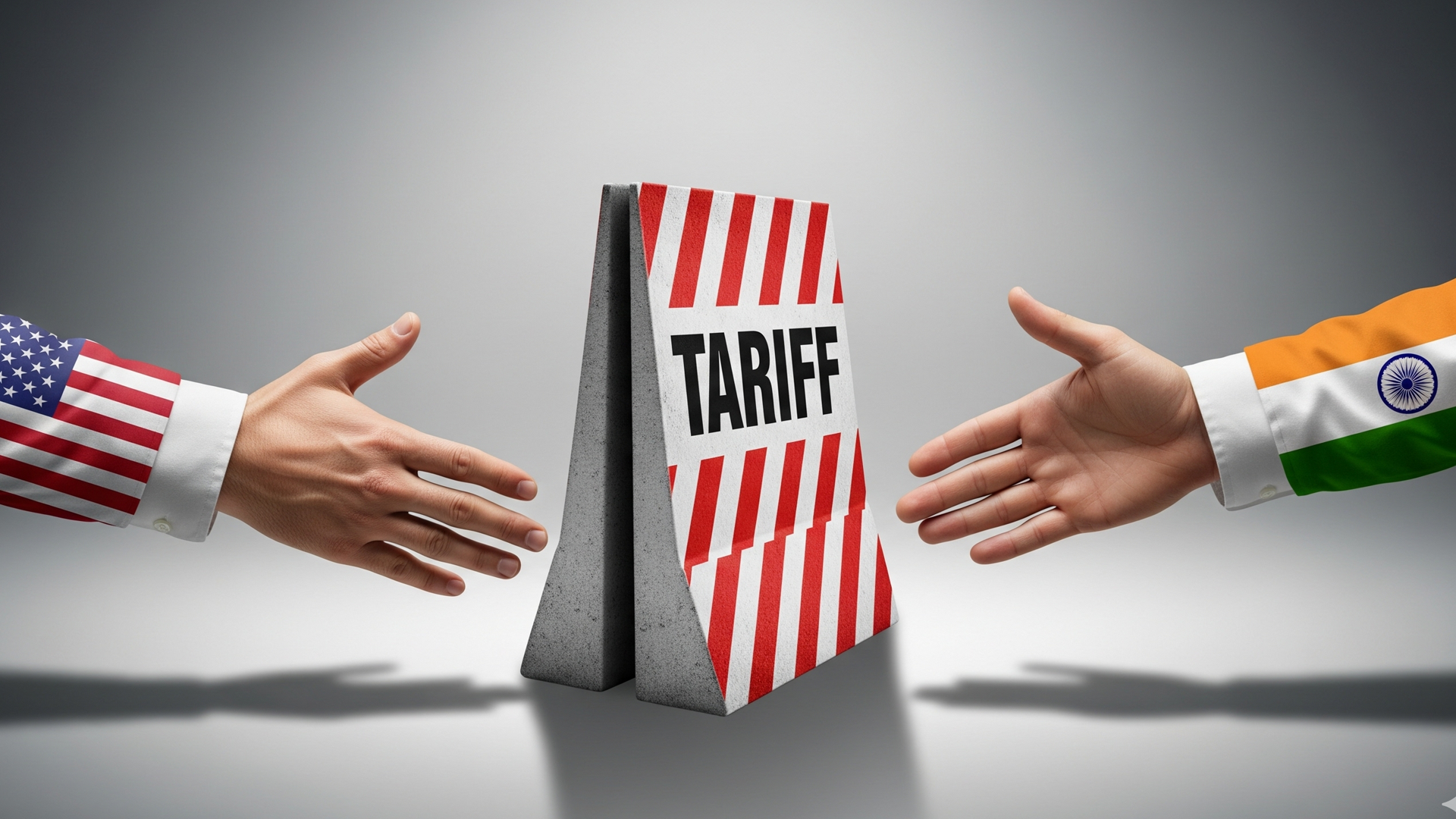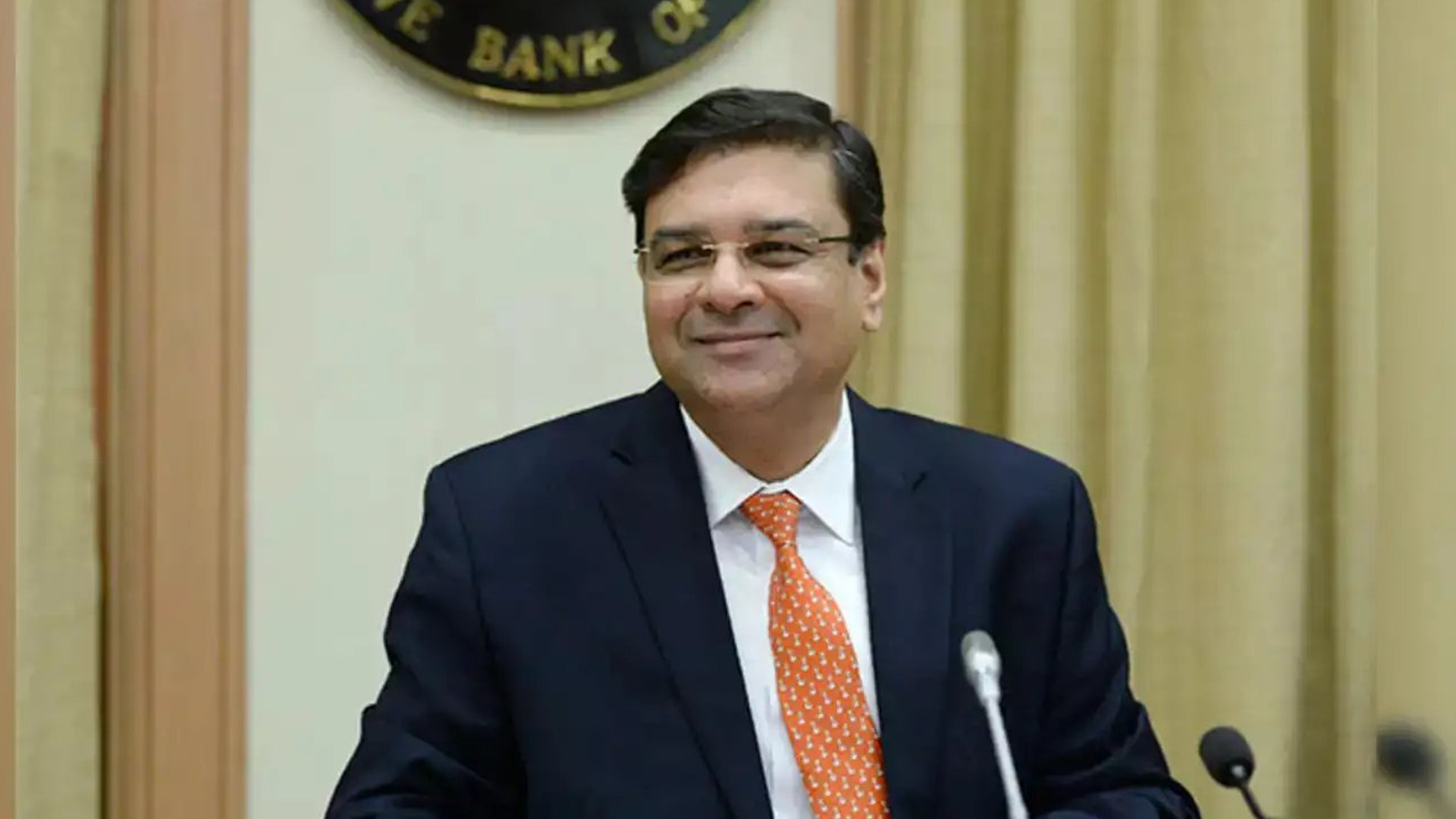Tech Meets Travel: TBO Tek Buys Luxury Specialist Classic Vacations
A 50-year-old US brand to collaborate with India’s tech-led travel platform

Indian travel technology company TBO Tek Ltd. is making a significant entry into the North American luxury travel market with the acquisition of Classic Vacations, a US-based luxury travel brand, in a deal valued at up to $125 million.
The announcement was met with strong investor enthusiasm, pushing TBO Tek’s shares up as much as 15% and reaching a six-month high on Indian exchanges. On the NSE, shares rose over 11% to close at ₹1,541.30, while on the BSE, the stock touched an intra-day high of ₹1,591.55, reflecting a 15% gain. Market experts described the acquisition as “transformative,” highlighting its potential to reshape TBO Tek’s growth trajectory.
Classic Vacations, a company with more than 50 years of experience in the luxury travel segment, recorded revenues of $111 million and an operating EBITDA of $11.2 million for the year ending December 2024. Known for its strong relationships with travel advisors and a loyal customer base, Classic Vacations will continue to operate independently, retaining its brand identity while benefiting from TBO Tek’s advanced technology platform and extensive global distribution network. This collaboration is expected to accelerate growth and expand Classic’s global footprint.
The deal is expected to close by early October 2025, following customary regulatory approvals. To finance the acquisition, TBO Tek has arranged a mix of internal and external funding, including an inter-corporate loan of up to ₹350 crore (~$40 million) and a corporate guarantee of $70 million extended to Standard Chartered Bank to support credit facilities for the transaction.
This acquisition aligns with TBO Tek’s strategy to strengthen its presence in the premium outbound travel market, particularly in the US. The company plans to preserve Classic Vacations’ existing awan. customer and supplier relationships while leveraging its own scalable, technology-driven model to boost operational efficiency and market reach.
“TBO’s entry into the premium outbound travel market complements Classic Vacation’s exclusive B2B brand and elite advisor network, built over nearly five decades of success and brand recognition,” said TBO co-founders Gaurav Bhatnagar and Ankush Nijh.
Already established across Asia, the Middle East, Africa, and Latin America, TBO Tek’s move into North America through this acquisition marks a major milestone in its ambition to become a global leader in travel technology.
